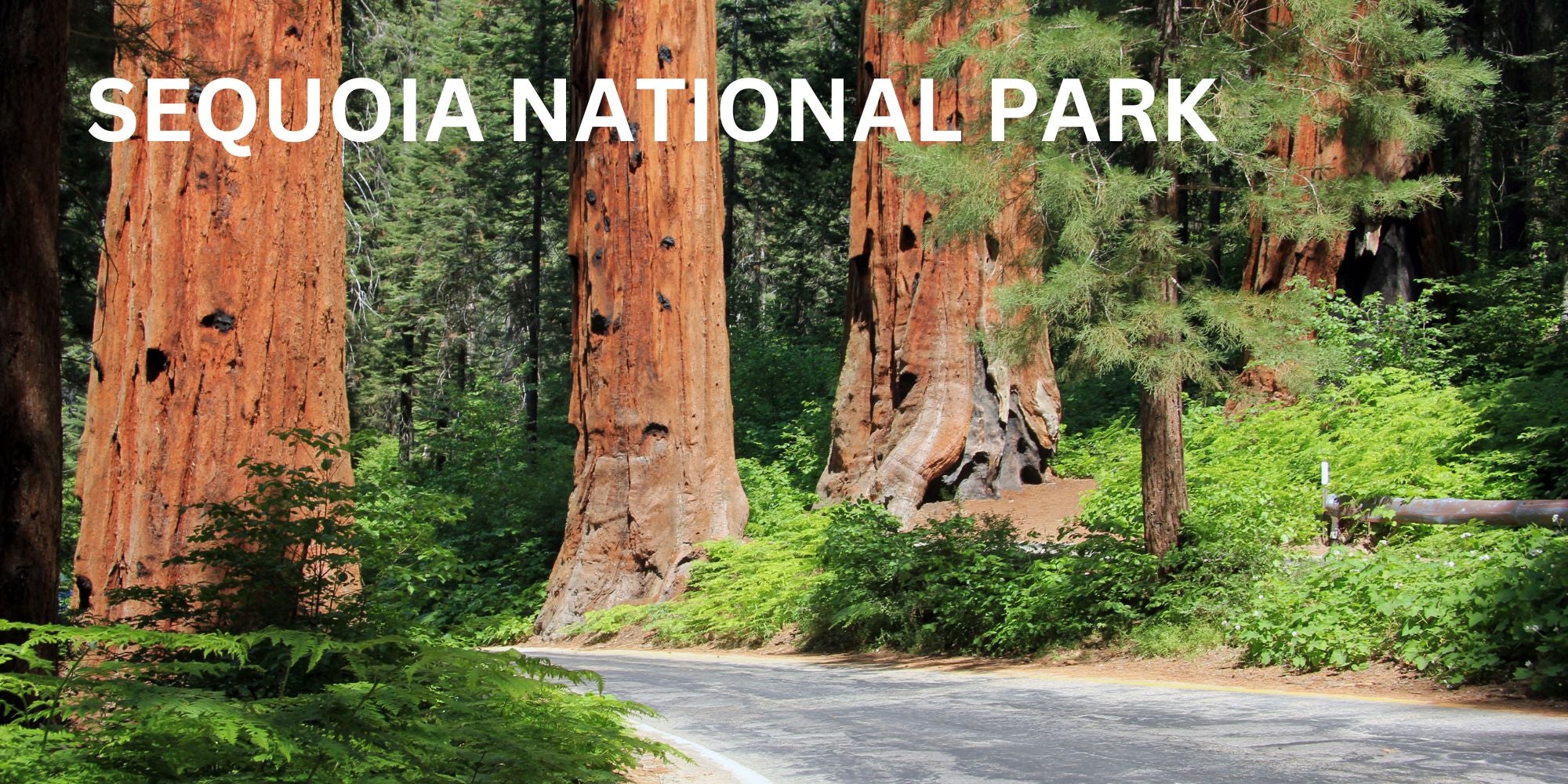
Sequoia National Park, in the heart of California's Sierra Nevada mountains, takes many by surprise at its high heights. With our experience, in this guide we’ll delve into everything you need to know about Sequoia Park altitude, including essential tips to avoid Sequoia Park altitude sickness.
Sequoia National Park altitude ranges between 1,370 feet and 14,494 feet. Within Sequoia Park is the highest peak of all the mountains in the contiguous United States.
Sequoia National Park Altitude:
With these extremely high elevations, you should be well prepared for your visit to Sequoia National Park.
The elevation of Sequoia National Park varies from 1,370 feet to 14,494 feet, depending on what area you’re in.
The elevation of a few key areas in Sequoia National Park:
With varied elevations in Sequoia National Park, many areas can come with high risk of altitude sickness.
The highest point in Sequoia Park is the peak of Mount Whitney, famous for its iconic look and hiking trails.
Highest Point In Sequoia National Park:
This is extremely high altitude for those visiting.
The lowest point in Sequoia National Park is the southern entrance at Ash Mountain, near the Three Rivers town.
Lowest Elevation In Sequoia National Park:
There’s not many low altitude points within the park, Middle Fork is another low elevation area which is at 3,325 feet high.
Yes, you can get altitude sickness at Sequoia National Park.
Travel Medicine Consultations estimates that altitude sickness begins at 4000 to 5000 feet above sea level. With most of Sequoia National Park elevation above these heights, your risk level increases as you go higher.¹³
Lack of oxygen is the trigger for Sequoia Park altitude sickness.
In an area like Giant Forest there will be about 23% less oxygen, or the peak of Mount Whitney with about 41% less oxygen.¹⁴
The stresses on the body result in symptoms such as headache, nausea, and fatigue.
Sequoia National Park altitude sickness symptoms may include:
Be on the lookout for these types of symptoms in the first 6-24 upon arrival in Sequoia Park. For the best preparation, follow our tips below.
Don’t let altitude sickness put a damper on your Sequoia Park adventure.
As a company with over ten years of high-elevation experience, we’ll share with you proven tips to fight the struggles of increased altitude.
5 Tips To Avoid Sequoia Park Altitude Sickness:
By following these five tips, you can increase your chances of a better experience at the high altitudes of Sequoia National Park! Remember to hydrate well and often, ascend slowly, prioritize sleep, limit alcohol intake, and supplement antioxidants.

Introducing Zaca, your travel companion for conquering the mountains and feeling better faster. Each chewable tablet is meticulously crafted with a revitalizing blend of nutrients and antioxidants, including glutathione. Simply take 2-4 chewables each day to replenish, rehydrate, and recover. Try Zaca’s chewables supplement today and elevate your body when adventuring outdoors.
SOURCES:
1. Sequoia National Park Elevation
https://en.wikipedia.org/wiki/Sequoia_National_Park
2. Giant Forest Elevation
https://en.wikipedia.org/wiki/Giant_Forest
3. Moro Rock Elevation
https://en.wikipedia.org/wiki/Moro_Rock
4. What is the elevation at Sequoia National Park?
https://seeker.io/article/what-is-the-elevation-at-sequoia-national-park/
5. Kings Canyon National Park Elevation
https://en.wikipedia.org/wiki/Kings_Canyon_National_Park
6. General Grant Grove Elevation
https://en.wikipedia.org/wiki/General_Grant_Grove
7. Things to Do in Sequoia and Kings Canyon National Park
https://www.tripadvisor.com/Attractions-g143050-Activities-Sequoia_and_Kings_Canyon_National_Park_California.html
8. Generals Highway Elevation Ranges
https://www.nps.gov/seki/faqs.htm
9. Sherman Tree/Congress Trail Loop Elevation
https://www.hikingwalking.com/index.php/destinations/ca/ca_sws/lodgepole/giant_forest/giant_forest_detail
10. Boyden Cave Elevation
https://www.mountainproject.com/area/114964163/boyden-cave-wall
11. Tunnel Log Sequoia Elevation
http://famousredwoods.com/tunnel_log/
12. Mount Whitney Elevation
https://en.wikipedia.org/wiki/Mount_Whitney
13. High Altitude Illness
https://www.travelsurenyc.com/high-altitude-illness/
14. Oxygen Levels at Altitude
https://wildsafe.org/resources/ask-the-experts/altitude-safety-101/oxygen-levels/
15. The Importance Of Drinking Water At High Altitude
https://summitoxygen.net/drinking-at-high-altitude/
16. Wuksachi Lodge Elevation
https://www.visitsequoia.com/lodging/wuksachi-lodge
17. Sequoia & Kings Canyon National Parks California
https://www.nps.gov/seki/learn/news/fact-sheet.htm
18. Sleep: The Secret Ingredient of Injury Recover
https://www.orthocarolina.com/media/sleep-the-secret-ingredient-of-injury-recovery
19. High altitude and oxidative stress
https://pubmed.ncbi.nlm.nih.gov/17482529/
20. Effect of high altitude (7,620 m) exposure on glutathione
https://pubmed.ncbi.nlm.nih.gov/11320641/
21. Oxidative Stress and Diseases Associated with High-Altitude Exposure
https://www.ncbi.nlm.nih.gov/pmc/articles/PMC8868315/
22. Sequoia National Park
https://peakvisor.com/park/sequoia-national-park.html
Copy the coupon code & use it at checkout